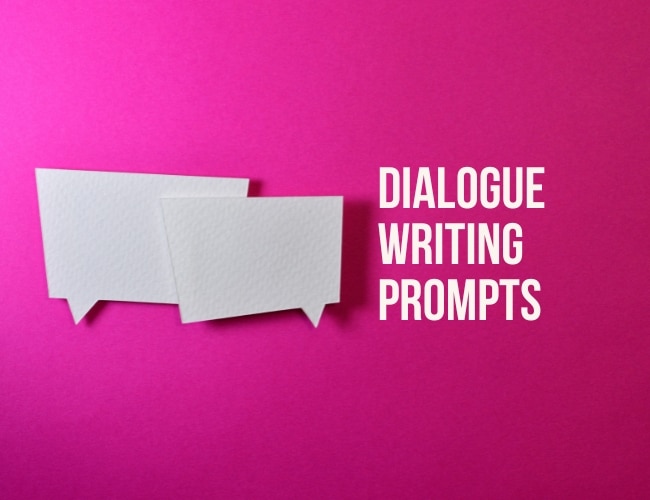
by Sue Weems |
We’re inching closer to the end of the school year for students (or maybe you’re already done, like my college students!). Major testing winds down, days are full of assemblies, field days, educational games, and the countdown to summer is on. These final weeks of school are the perfect time though to sneak in some fun writing. Here are some end of school year writing prompts to try!

by Sue Weems |
It’s National Poetry Month! I know, I know. You don’t want to write a poem, but what if I could show you a way to tap into a childhood memory to create a poem or scene that you could use in any kind of writing? Will you accept a poetry dare today?

by Sue Weems |
When I sign up for a writing contest, I turn on “Eye of the Tiger” as I sit down to pound out my first draft. This is it, I tell myself. This will be the story that finally wins. A few finger exercises and I am ready to write the story to end all stories.
But what if nothing comes? Or worse, a story pours out and it’s terrible? What if I don’t win? How can I develop a winning mindset without reading an entire shelf of self-help books and further distracting myself?

by Sue Weems and Joe Bunting |
Whether you’re a student analyzing a story or a writer intent on crafting a compelling story, there are a few basic story elements that will help you better understand the parts of a story.

by Sue Weems |
Dialogue is an essential component for most stories, whether it’s for a narrative essay, memoir, or fiction. Even if you’re writing nonfiction, you’ll likely use stories to illustrate your point, and those stories will include dialogue. Today we have some dialogue writing prompts to help you write better dialogue while you develop some story ideas.




